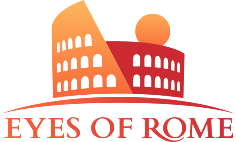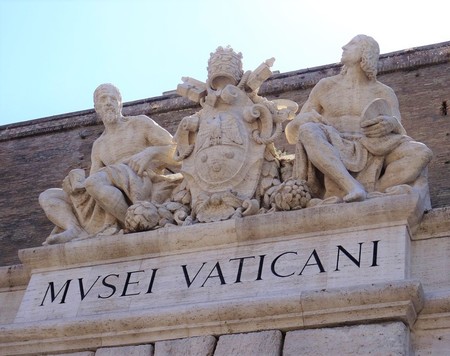While many coats of arms have the same symbols, they are all slightly different shapes and compositions, making each one unique.
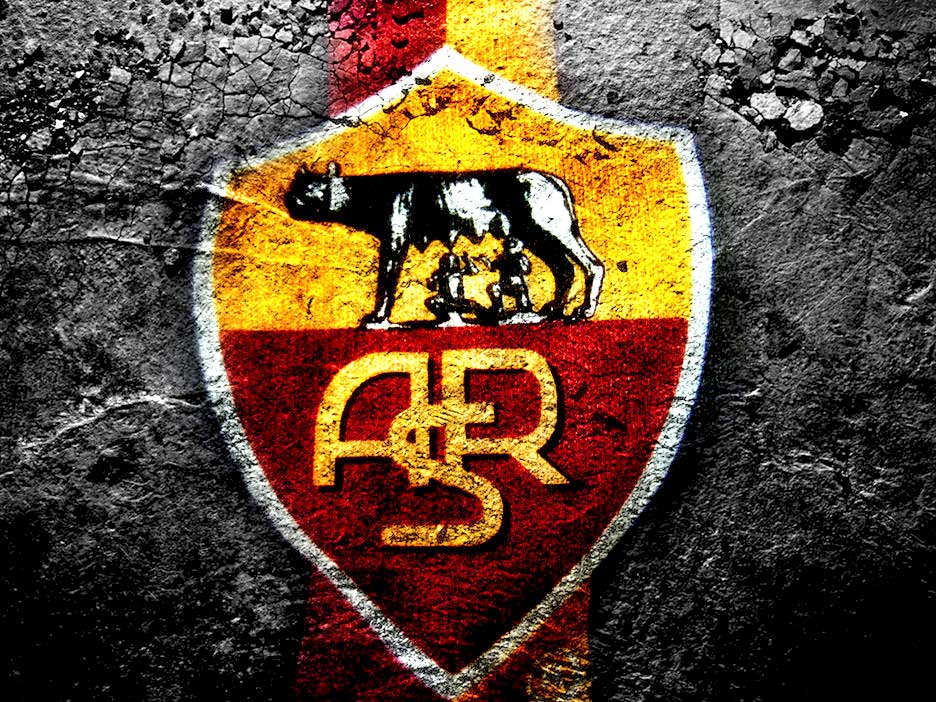 A.S. Roma Coat of Arms, 1927 Heraldry first appeared in the Middle Ages, but it did not become predominant until 1400-the 1500s.
A.S. Roma Coat of Arms, 1927 Heraldry first appeared in the Middle Ages, but it did not become predominant until 1400-the 1500s.
A way to express one's identity through symbols, Heraldry began in Italy and France before spreading throughout the German and British worlds.
The laws of heraldry, however, were primarily laid down in Italy, at the end of the thirteenth century.
Initially, heraldry was linked only to noble families and cities.
It then started to characterize not only symbols of the city or a noble family’s coats of arms, but also personal symbols.
For this reason, it is interesting to study heraldry, as the interpretation of some symbols can help us to reconstruct the story of a historical figure, such as the papal tiara, a knight's helmet, etc.
The first pope to have a coat of arms, was Pope Honorius III Savelli in 1220.
Earlier papal coats of arms can be found, but the truth is that they were added later.
For example, the coat of arms of Innocent III Conti was added in 1700 when a relative of his became pope.
Would you like to watch one of Rome's soccer team matches live? Book the AS Roma VIP Tickets Service and live a unique VIP experience!
Crest Divisions

A crest can be divided vertically into 3 parts: the head, the heart, and the foot.
HEAD: Family symbol or the power that has given the title, e.g. Keys of the Pope or the Emperor’s eagle.
HEART: Family symbol - Between the heart and the head,There may be another little symbol called PLACE OF HONOR (the symbol of a higher order which granted important privileges, is a form of thanksgiving).
FOOT OR TOE: symbol of a society, administration, institution that conferred the title of which, or the character or part of the city where power is exercised.
Shapes of Badges
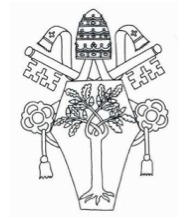 HORSE'S HEAD
HORSE'S HEAD
Shape used by the Holy See
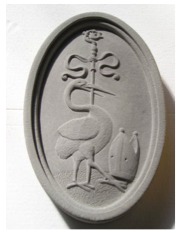 OVAL or DIAMOND
OVAL or DIAMOND
Shape used by women or Popes
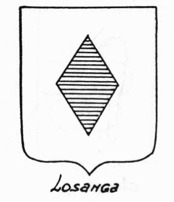 CLASSICAL
CLASSICAL
Used in the 1500s and the beginning of the 1600s
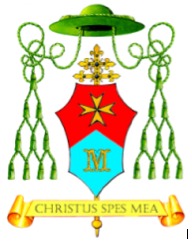 JAGGED
JAGGED
(with jagged edges) typical of the Baroque period in the 1600s
 ENGLISH
ENGLISH
In Rome, this style is found only in the most ancient coats of arms, as in that of Bonifacio VIII
Colors of Badges
Colors are typically chosen from 2 metals (Gold and Silver) and 5 colors (Red, Blue, Black, Green & Purple) Green and purple were not used until later in the history of Heraldry. Note that when yellow and white appear (as seen in the Vatican crest) they symbolize gold and silver. Natural objects like animals or plants may have their natural color (e.g. yellow or brown for a bear or lion).
Partitions of Badges
 PARTY EMBLEM (vertically divided)
PARTY EMBLEM (vertically divided)
This logo is the result of a marriage between 2 people that have the same degree of nobility or the emblem of their son. Remember the right (our left) holds a symbol of the husband and left (our right) a symbol for the wife. e.g. sword for the husband and tree for the wife.
 ARMS CUT
ARMS CUT
(divided in half horizontally) For the wedding of 2 nobles of different rank (both husband wife) Top, bottom crest symbol title, down the minor title
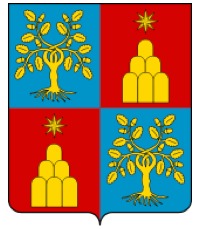 ARMS QUARTERED
ARMS QUARTERED
(divided into 4 parts) Symbolizes a union other than marriage, such as an adoption e.g. the Crest of Agostino Chigi (who was adopted by Julius II) and includes the oak tree
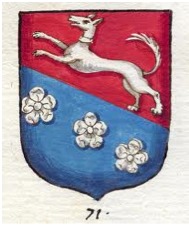 ARMS SLICED
ARMS SLICED
(the result of the acquisition of kinship, such as in-laws. It's not automatic but optional at your convenience)
Discover the symbols of Rome around the city with our tours!

